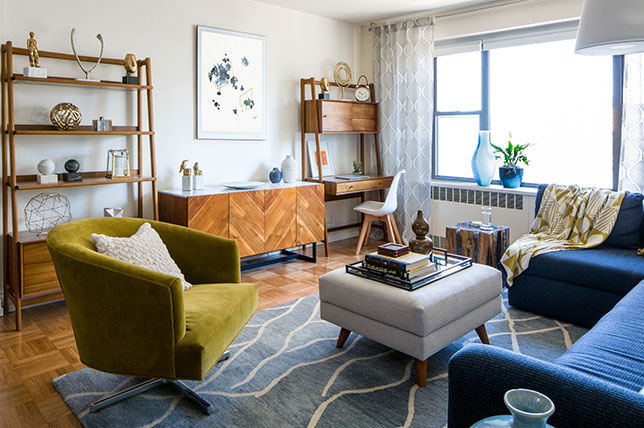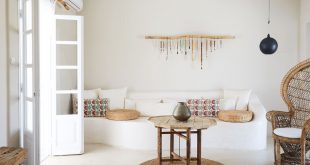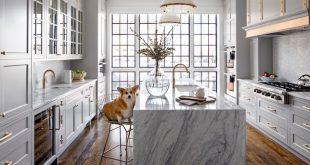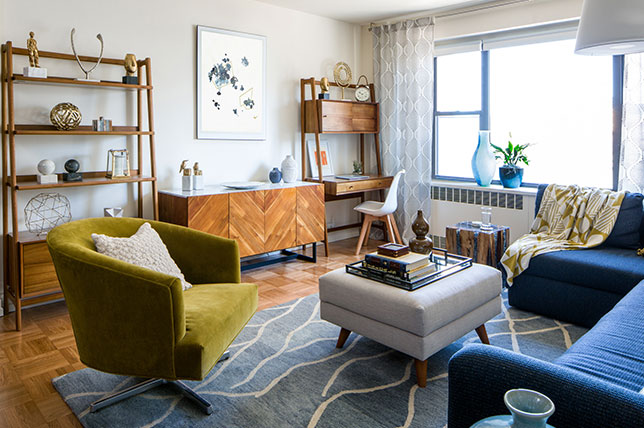
Measuring before you buy, budgeting before planning, and painting before you buy decor, rules that every good interior designer knows apply to every project they are working on. An excellent interior designer would understand that breaking certain interior design rules can help create an interior that is personalized, inviting, and chic. Follow these instructions to find out the eight interior design rules that Decor Aid interior designers say everyone should break. Trust us, these rule violations will make your home stand out and you will thank us for the tips later.
Matching dining room chairs

A group of matching dining room chairs can complete the look of any dining room. Have you ever seen a chair that you loved and that doesn’t suit you? If you’ve ever had the urge to buy a great chair but you didn’t because it didn’t have a pair, next time go with your instincts and break this interior design rule. Placing chairs made of different materials and of different sizes and colors will undoubtedly add character to the dining area of your home. Good home decor doesn’t necessarily mean bringing everything together. Our interior designers point out that some of the best interior designs are as rich in contrast as compliments.
Image via: Vtwonen
Say no to artificial plants
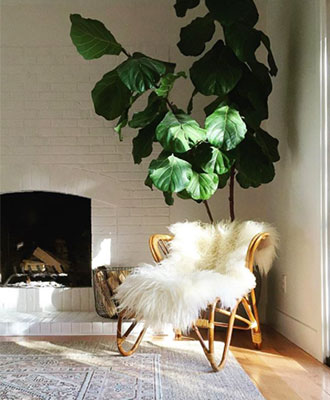
Some home decorators shy away from the thought of using fake plants, and while real plants have many significant benefits, we also know that sometimes their maintenance is just not practical. Green, real or fake, brings a visual breath of fresh air and enlivens any room. In recent years, artificial plants have improved in appearance and quality, making them ideal for those who don’t want to commit to the responsibility of daily plant care. Break this interior design rule and decorate it with fake green. Make sure to wipe and dust your artificial plants so that none of your visitors can tell the difference.
Image via: Pinterest
Avoid dark colors in small rooms
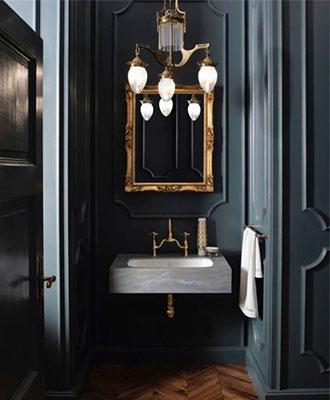
You don’t have to go to a fancy interior design school to learn that lighter colors create that illusion of space. This longstanding rule of interior design is the reason for several cream or light gray painted rooms around the world. With darker colors, a place may not feel as spacious and airy as with lighter colors. He can create depth. The combination of darker color with reflective and light decor increases the depth of the room and makes it difficult for the human eye to tell where the walls start and end. When decorating a room with a darker color, be sure to level it out with metallic and mirror decor and you will see what you have been missing.
Image via: Pinterest
Don’t mix crazy patterns
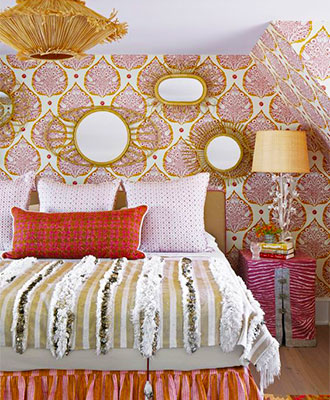
This particular rule for interior decoration is not as set in stone as others. The problem is, some designers are just scared of being as bold as you need to pair an argyle rug with an animal-themed sofa. If you break this rule, you will get spatial character and contrast. Successfully mixing crazy or bold patterns is not an overnight skill. This is why Decor Aid interior designers say to keep breaking this rule until you find the patterns that are right for you and your space. Mixing funky patterns also gives you the opportunity to try out different styles when you implement these bold designs in the form of pillows and other small accessories.
Image above: House beautiful
Customize your wooden surfaces
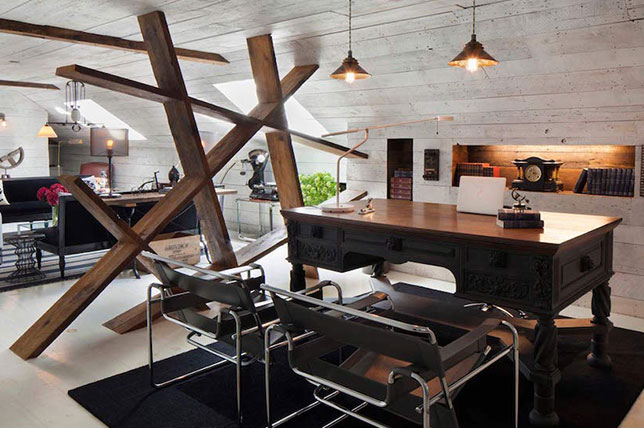
Adapting your wooden surfaces ensures that all wooden decorations complement each other, create a sensual harmony and round off the room. However, it can also leave an area that looks one-dimensional and is reminiscent of a log house. While mixing wood surfaces gives your home a complementary contrast and creates a layered look that gives the interior depth of your home. While the finishes you can achieve with matching are limited compared to mixing bold patterns, the results are well worth stepping into an unfamiliar area of interior design.
Image above: Home Office of Decor Aid Hamptons
Never mix the old with the new

Sticking to a style from a period may sound like a safe way to decorate your home and guarantee satisfactory results. However, this usually makes the interior of a house appear boring, lifeless and museum-like. Indeed, violating this interior design rule will create depth, character, and a sense of novelty mixed with tradition. If you want to mix old furniture with newer items, start with the architecture of the room. Find pieces from the same period and finish off the feel of the space by using modern lighting, contemporary rugs, or even a few tech-inspired decorative pieces. Using softer palettes and neutral tones can also combine classic pieces with your more modern decor.
Striving for symmetry
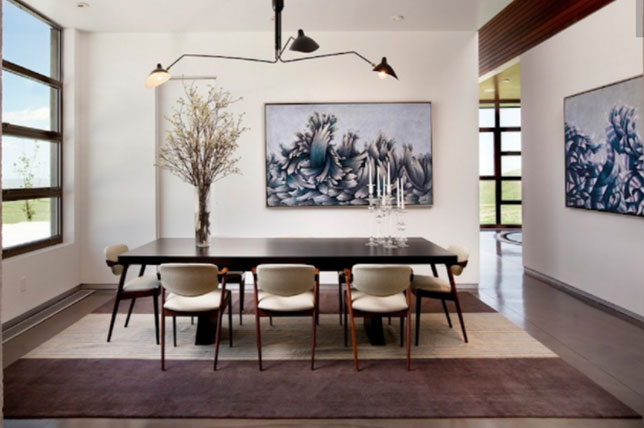
It is no coincidence that there are several examples of symmetry in nature and so many are drawn to rooms where the decor is symmetrical. As attractive as symmetry can be, when it often limits how customizable you can make the space and also the expected choice. Asymmetry is unexpected, unusual, and helps your home not look like a staged showroom. Nobody wants a boring home, do they? Throw this interior design out the window and make the unexpected choice. Decor Aid interior designers suggest grouping items in odd numbers, using different styles in one area and source parts of different sizes.
Image via: Freshome
Have a splash of color in every room
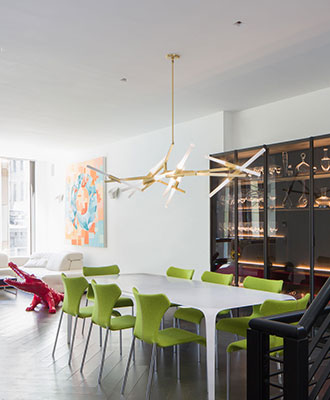
Well, this interior design rule that you sometimes want to follow and break if necessary because yes, adding pops of color can bring life to a lackluster space. Just because you’re adding a pink accent wall doesn’t guarantee your space will look better. A room with cool colors and neutral tones can be just as visually appealing as a room full of colors. Pops of color can undoubtedly add personality, but if done wrong, an interior can be too whimsical, an eyesore, and quite a design overkill. Not every room in your home has to be full of color. Try to make your neutral room glow. If you think a pop of color is needed, start with easy-to-swap accessories.
Image via: Décor Aid Townhouse Project
 efistu.com Home Decor
efistu.com Home Decor
